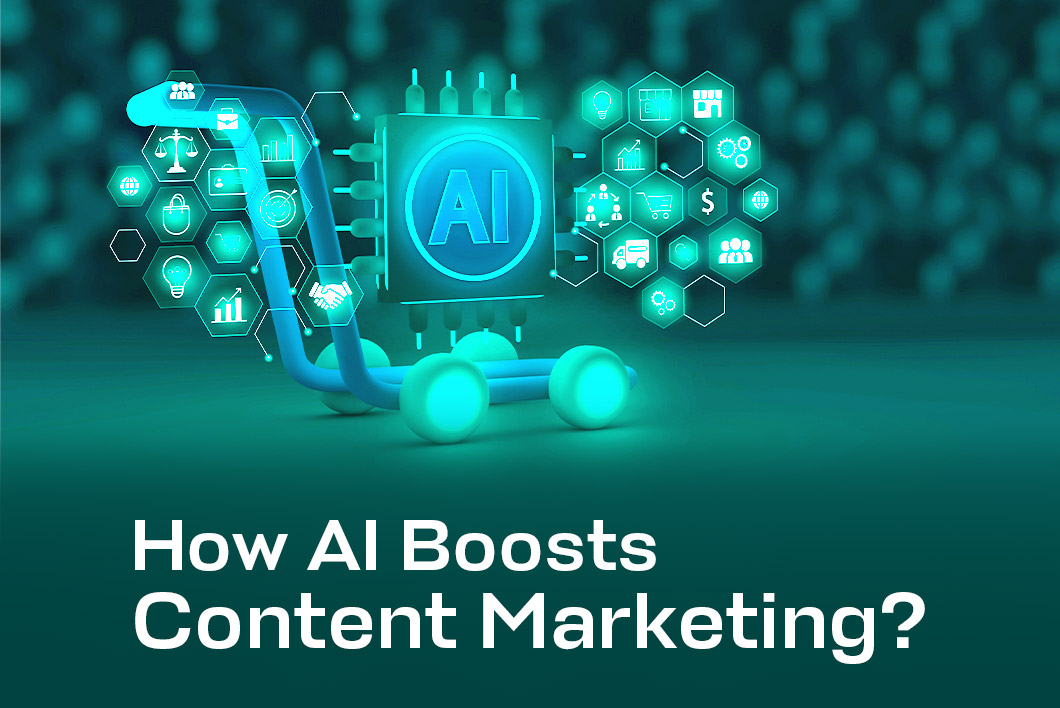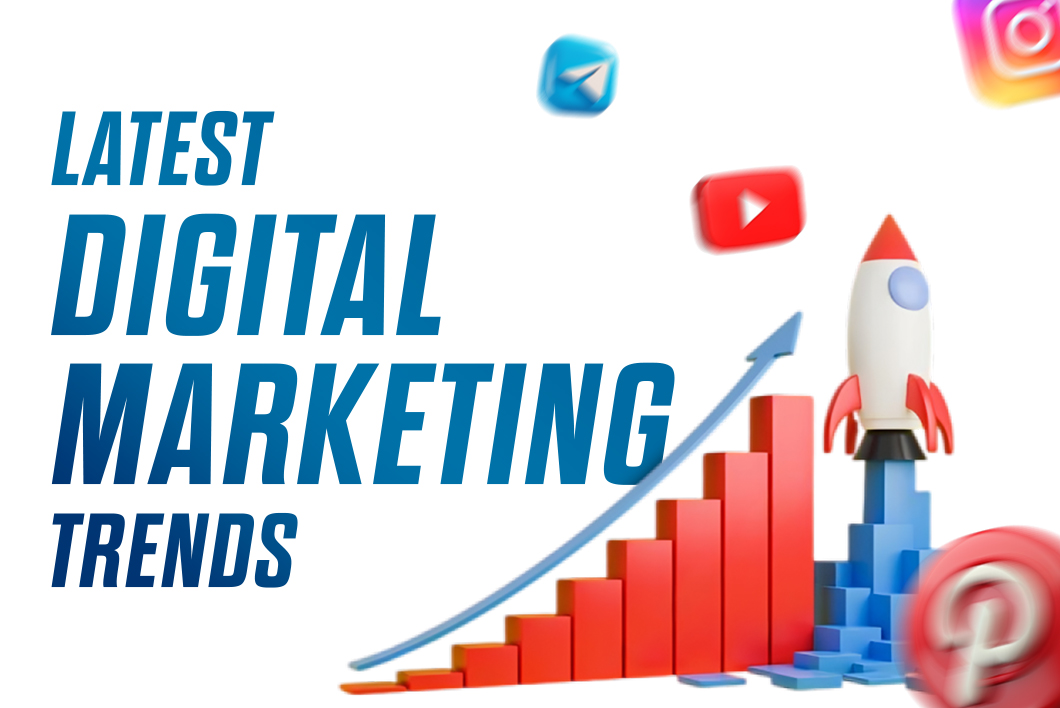
How to Leverage AI Tools for Smarter Content Marketing?
In today’s fast-paced digital landscape, content marketing demands efficiency, creativity, and precision to stand out. Artificial Intelligence (AI) tools have emerged as game-changers, empowering marketers to create, optimize, and distribute content with unprecedented speed and insight. By leveraging AI, businesses can craft smarter content strategies that resonate with audiences and drive measurable results. Here’s how to harness AI tools for smarter content marketing. By leveraging AI, businesses can craft smarter content strategies that resonate with audiences and drive measurable results. If you want to master these strategies, explore the Best Digital Marketing & AI Training in Kochi to upskill and stay ahead in the evolving marketing landscape.
1. AI-Powered Content Creation
AI tools like Jasper, Copy.ai, and Grok can generate high-quality content drafts, from blog posts to social media captions, in minutes. These tools use natural language processing (NLP) to produce human-like text tailored to your brand’s tone and style. For instance, you can input a few keywords or a brief prompt, and AI will create a blog outline or even a full draft. This saves time, especially for businesses with limited resources, allowing marketers to focus on refining and personalizing content.
To maximize AI content creation:
Define clear inputs: Provide specific prompts, including target audience, tone, and keywords, to ensure the output aligns with your goals.
Edit for authenticity: AI-generated content may need a human touch to add unique insights or emotional resonance.
Experiment with formats: Use AI to generate diverse content types, such as email newsletters, video scripts, or ad copy.
2. Data-Driven Audience Insights
Understanding your audience is the cornerstone of effective content marketing. AI tools like HubSpot, MarketMuse, and Google Analytics leverage machine learning to analyze consumer behavior, preferences, and trends. These platforms can identify which topics resonate most, predict content performance, and segment audiences for personalized campaigns.
For example, AI can analyze social media conversations or website data to uncover trending keywords or pain points. This allows marketers to create content that addresses specific audience needs, boosting engagement and conversions.
Pro Tip: Use AI-powered tools to track real-time sentiment on platforms like X, ensuring your content aligns with current audience moods and interests.
3. SEO Optimization with AI
Search engine optimization (SEO) is critical for content discoverability. AI tools like SurferSEO, Clearscope, and Frase analyze top-performing content for target keywords and suggest optimizations, such as ideal word count, heading structure, and keyword density. These tools also identify semantic keywords to enhance content relevance, helping you rank higher on search engines.
To leverage AI for SEO:
Use tools to perform competitor analysis and identify content gaps.
Optimize existing content with AI-driven recommendations to improve rankings.
Monitor performance metrics to refine your strategy continuously.
4. Personalized Content at Scale
AI enables hyper-personalized content delivery, which is key to engaging modern audiences. Tools like Dynamic Yield or OneSpot use AI to tailor content based on user behavior, demographics, and preferences. For instance, AI can recommend blog posts, product suggestions, or email content that aligns with individual user interests, increasing click-through rates and conversions.
To implement:
Integrate AI with your CRM to deliver personalized email campaigns.
Use AI-driven chatbots to provide tailored content recommendations on your website.
Test and iterate based on AI analytics to refine personalization strategies.
5. Streamlined Content Distribution
AI tools can automate and optimize content distribution across channels. Platforms like Hootsuite or Buffer use AI to schedule posts at optimal times, analyze engagement, and suggest the best platforms for your content. AI can also repurpose content—turning a blog post into social media snippets or a video script—maximizing reach with minimal effort.
Actionable Steps:
Use AI to identify the best times to post based on audience activity.
Automate cross-platform content sharing to save time.
Analyze engagement data to prioritize high-performing channels.
6. Visual Content Creation
AI isn’t limited to text—it can also create stunning visuals. Tools like DALL·E, MidJourney, or Canva’s AI features generate custom images, infographics, or video thumbnails that align with your brand. This is particularly useful for creating eye-catching social media posts or blog visuals without hiring a designer.
Best Practices:
Use AI to generate visuals that complement your written content.
Ensure visuals align with your brand guidelines for consistency.
Test AI-generated images with A/B testing to identify what resonates most.
7. Measuring and Refining Campaigns
AI analytics tools like Adobe Analytics or Tableau provide deep insights into content performance. They track metrics like engagement, conversions, and bounce rates, offering actionable recommendations to improve future campaigns. AI can also predict which content types are likely to perform best, enabling data-driven decision-making.
Key Actions:
Set clear KPIs and let AI tools track them in real time.
Use predictive analytics to focus on high-impact content ideas.
Continuously refine your strategy based on AI insights.
Conclusion
AI tools are revolutionizing content marketing by automating repetitive tasks, uncovering audience insights, and enabling hyper-personalized campaigns. By integrating AI into content creation, optimization, and distribution, marketers can work smarter, not harder, to achieve better results. Start small by experimenting with one or two tools, and gradually build an AI-driven content strategy that scales your efforts and drives growth. Embrace AI today to stay ahead in the competitive world of content marketing.






 How can I help you?
How can I help you?